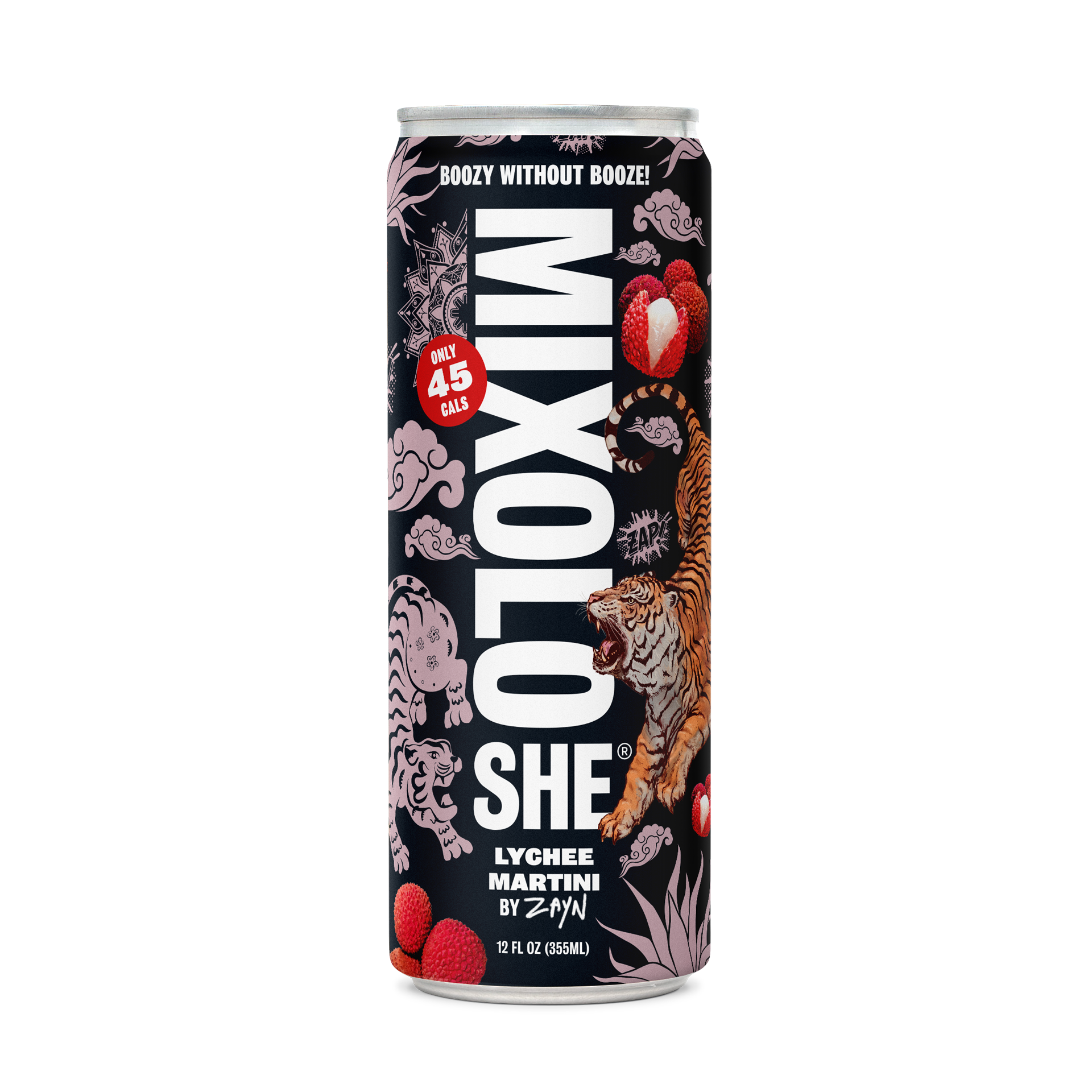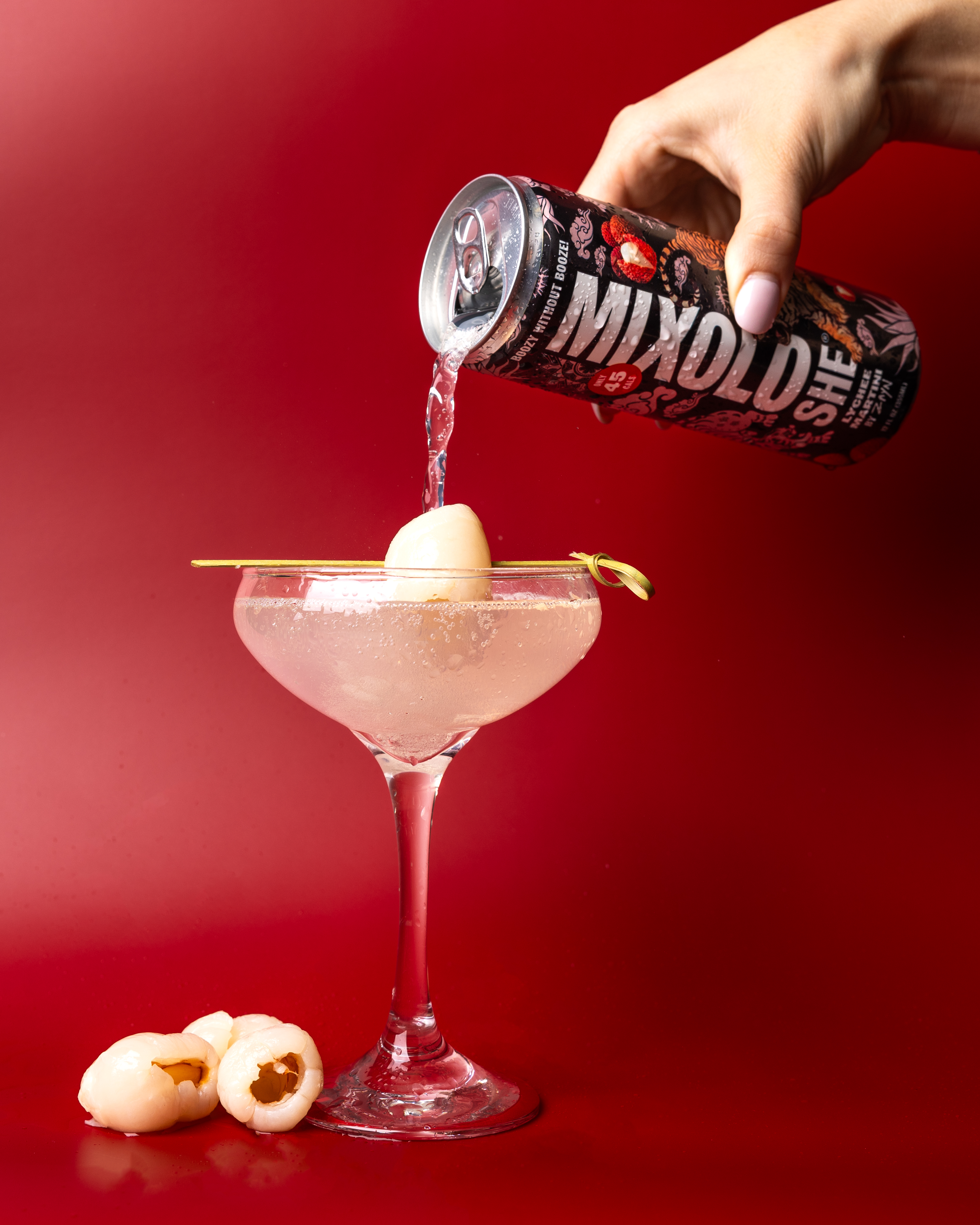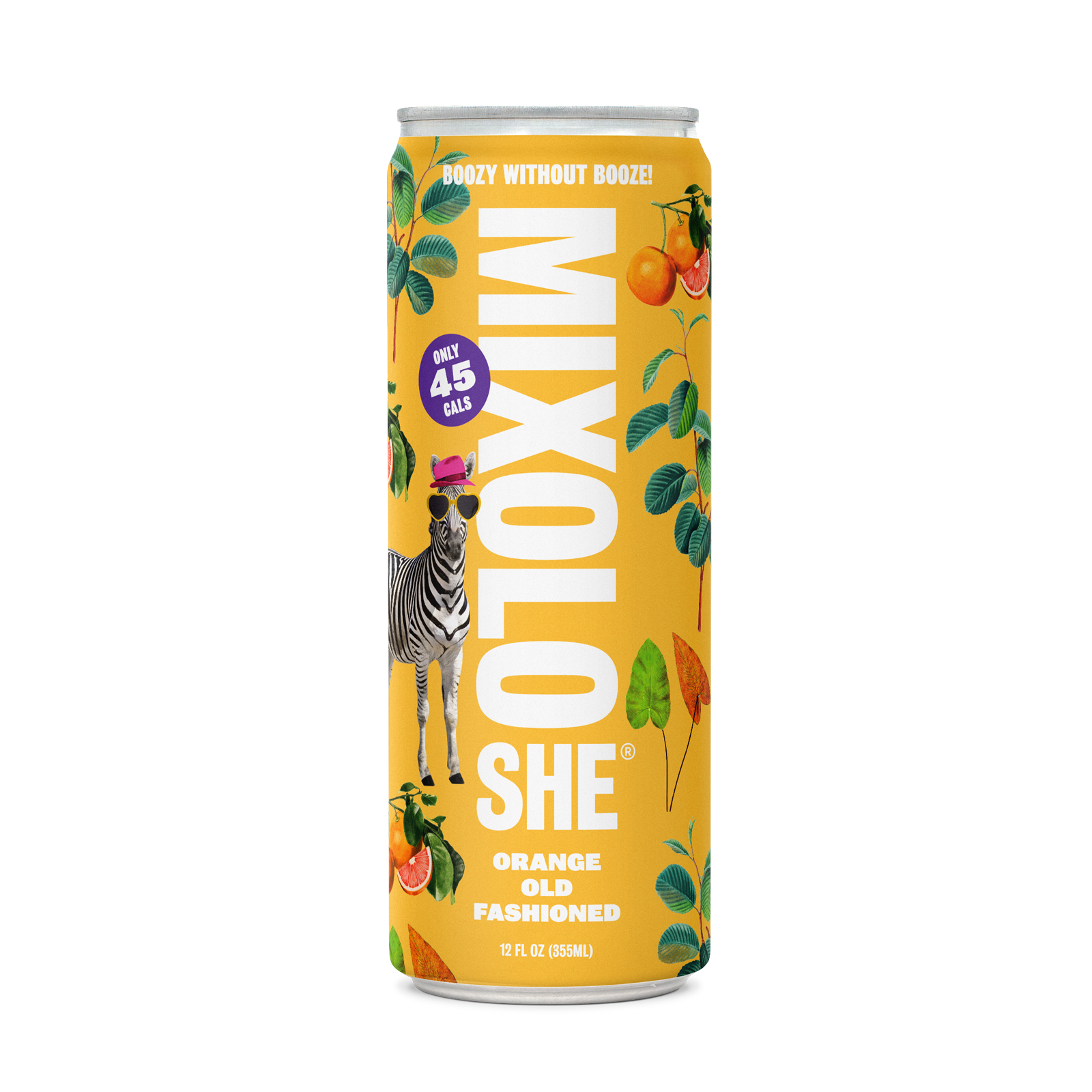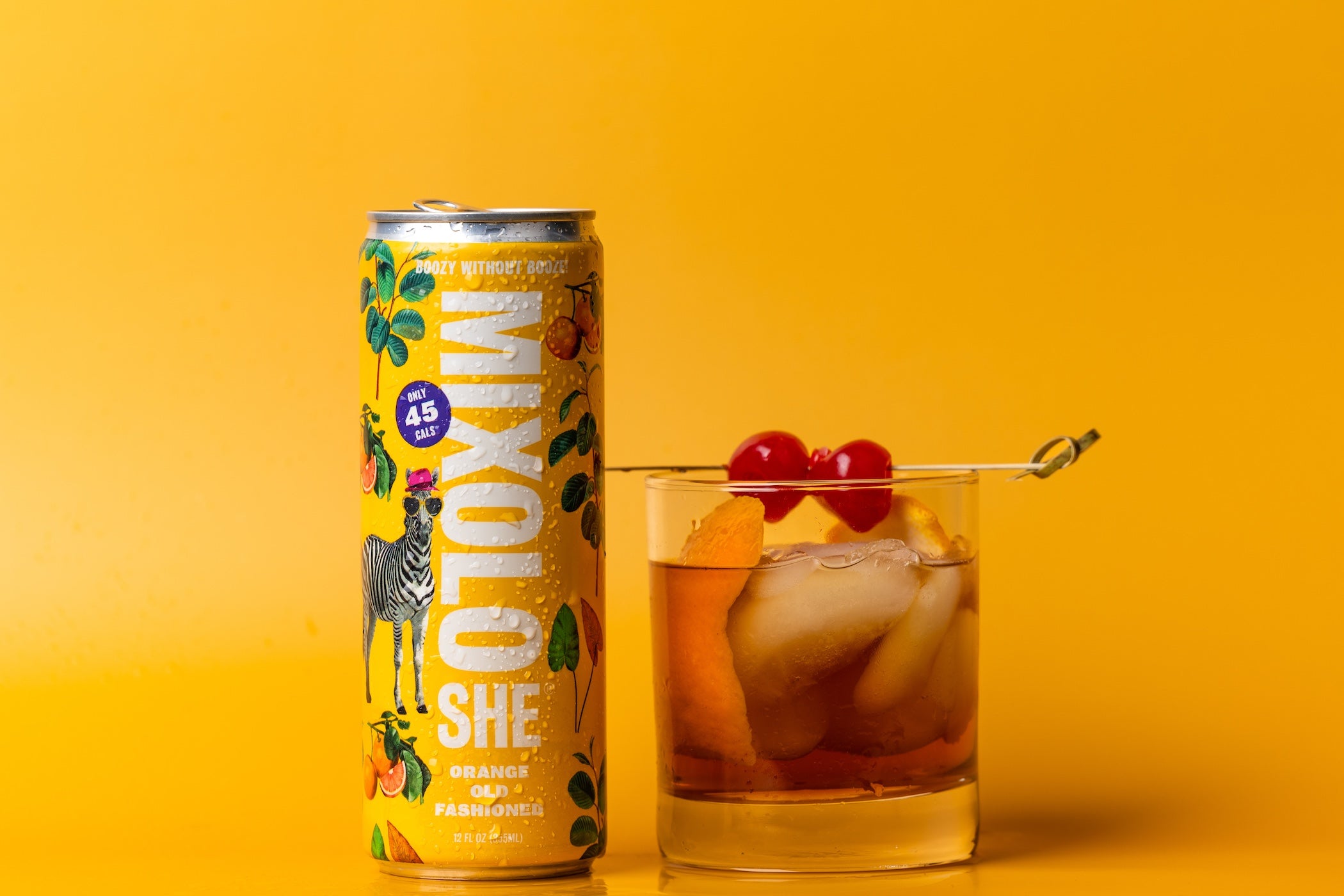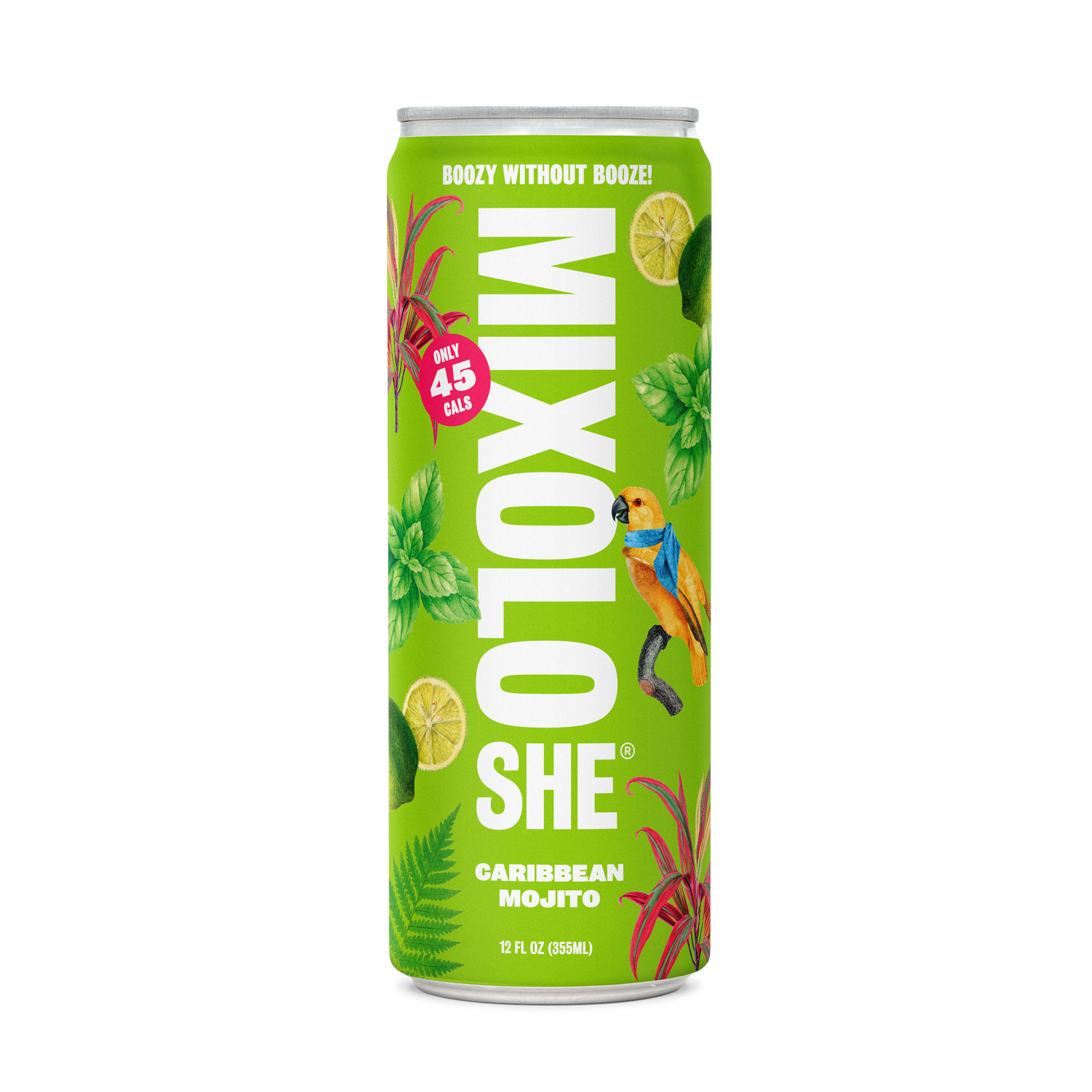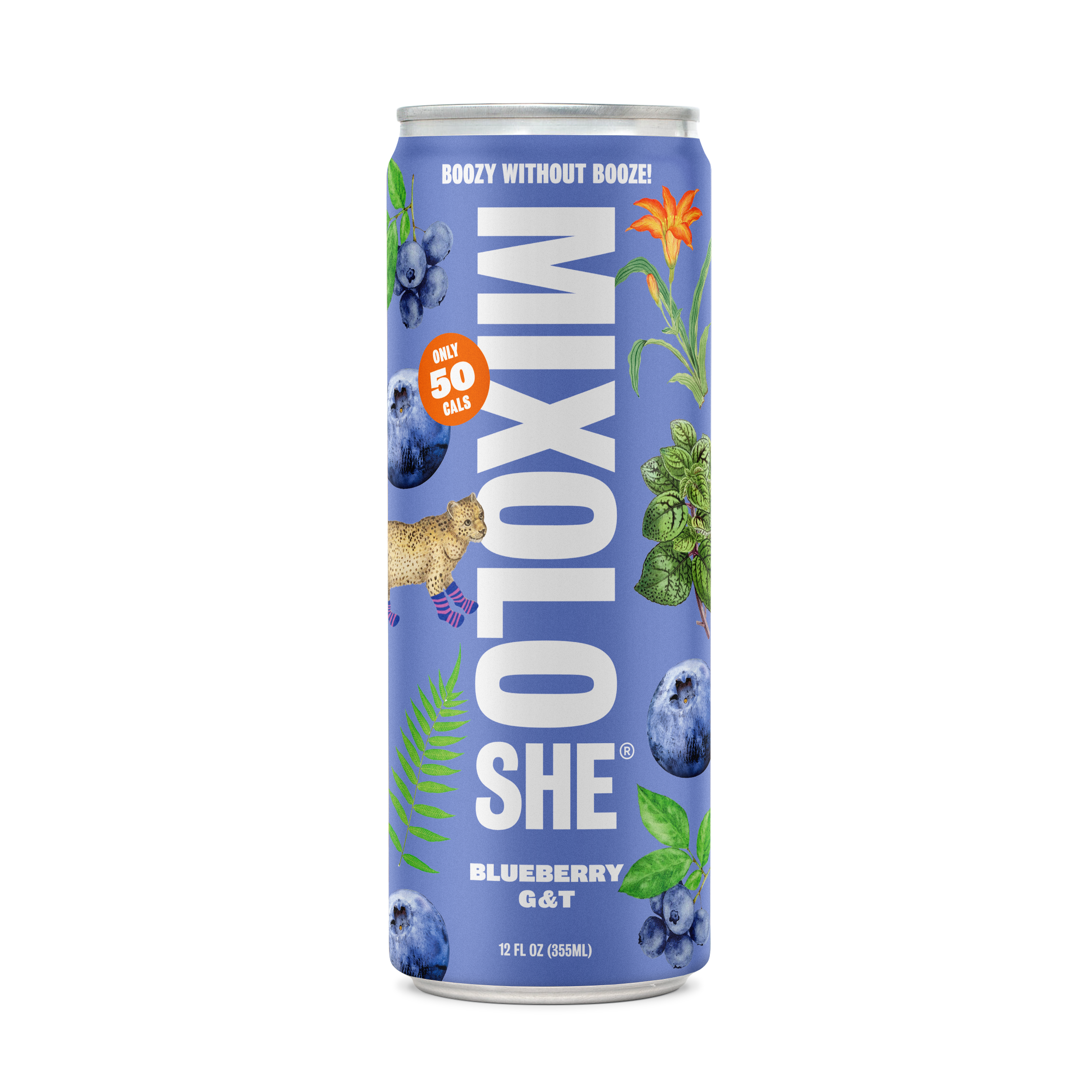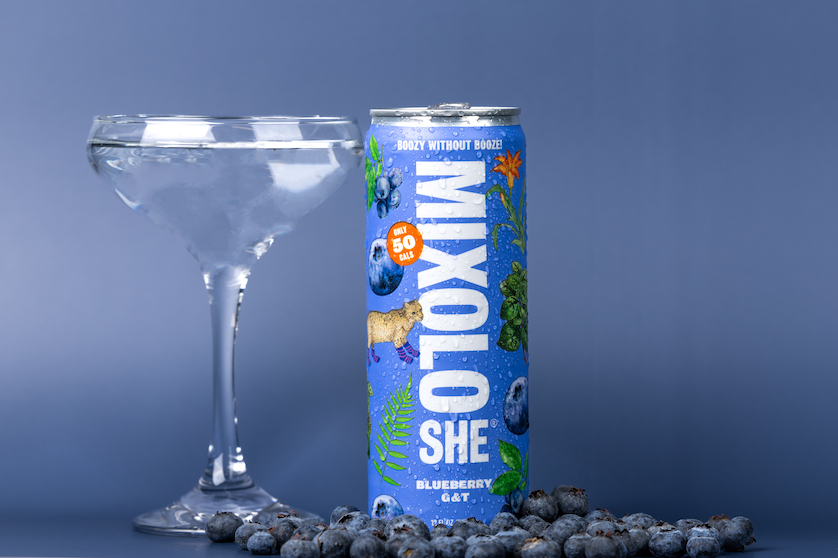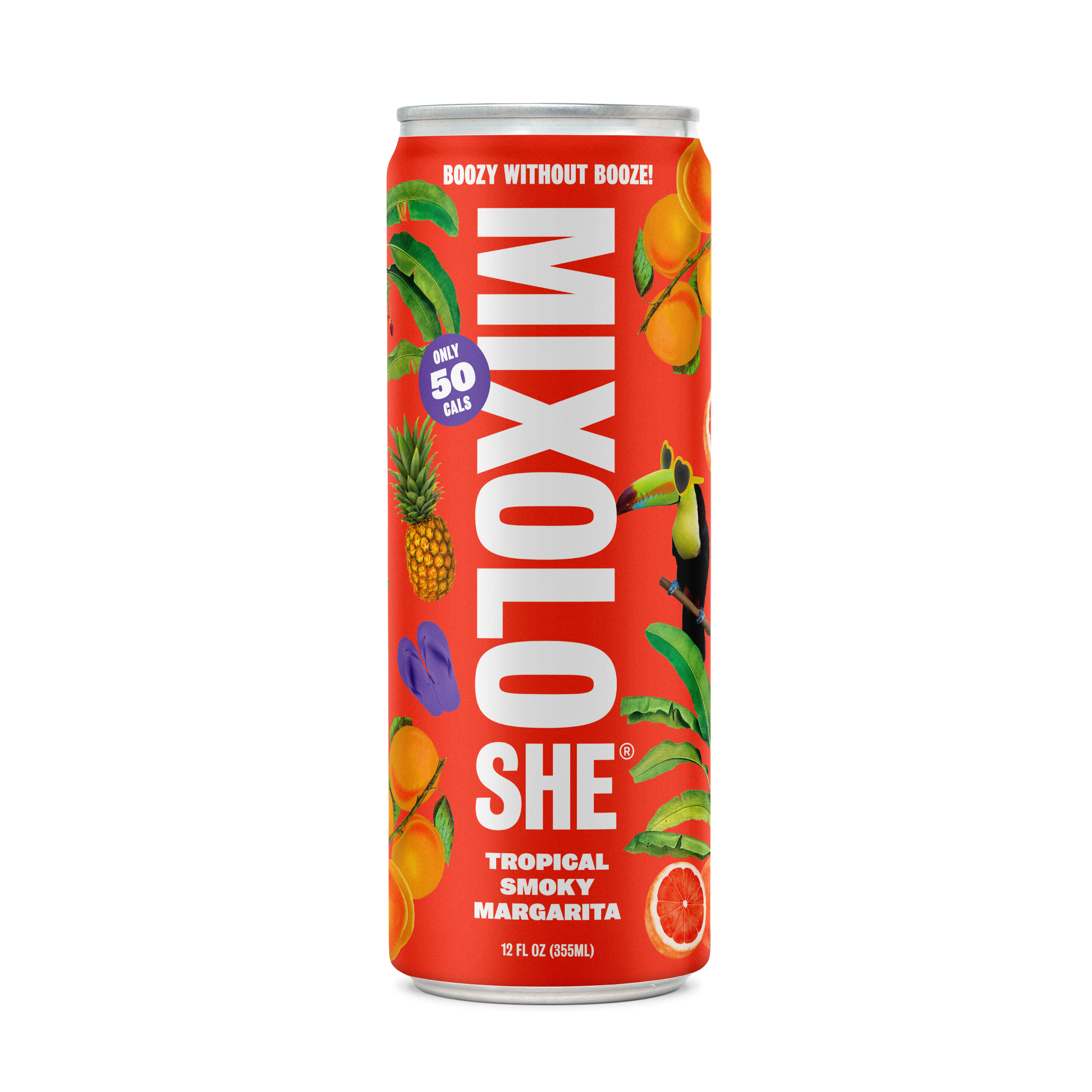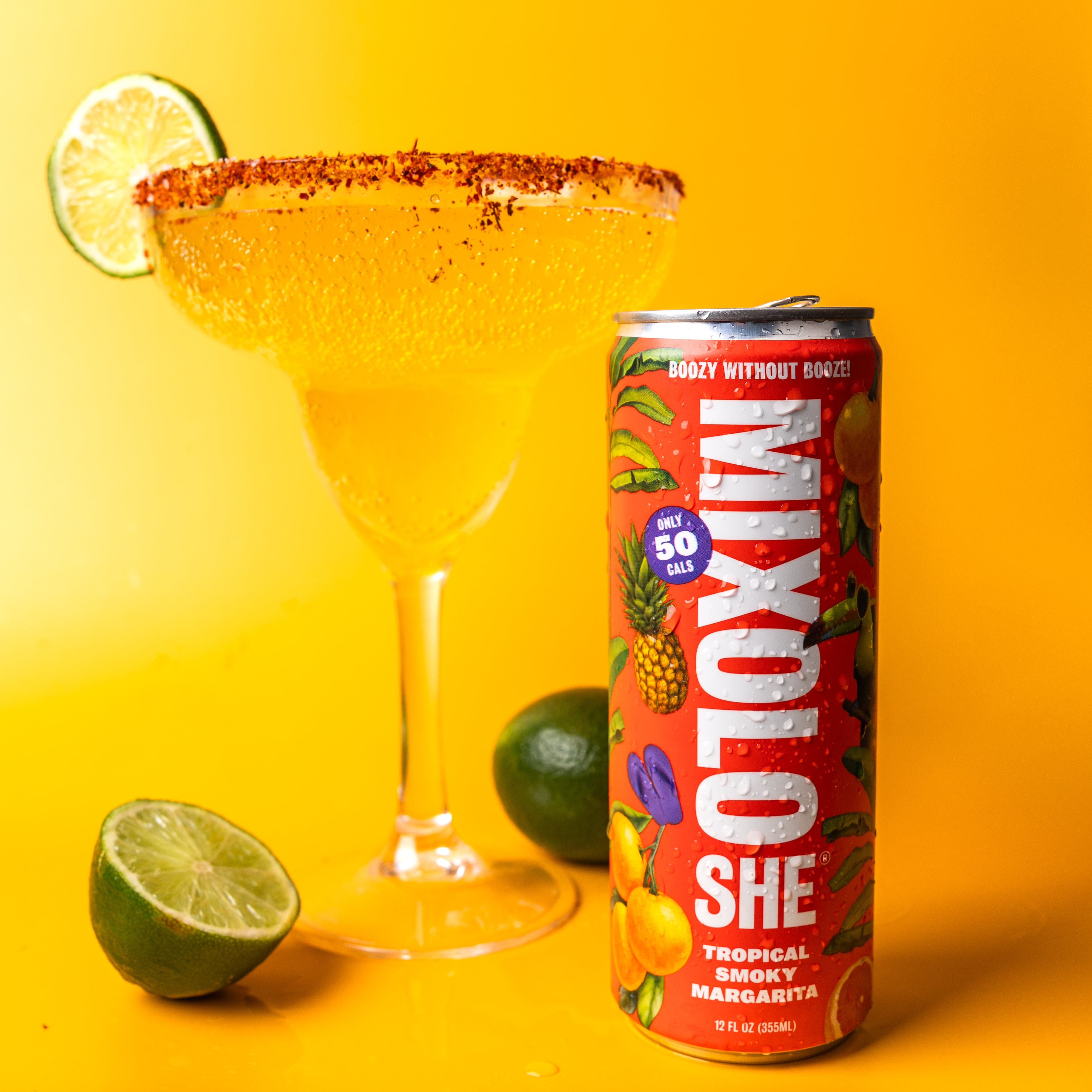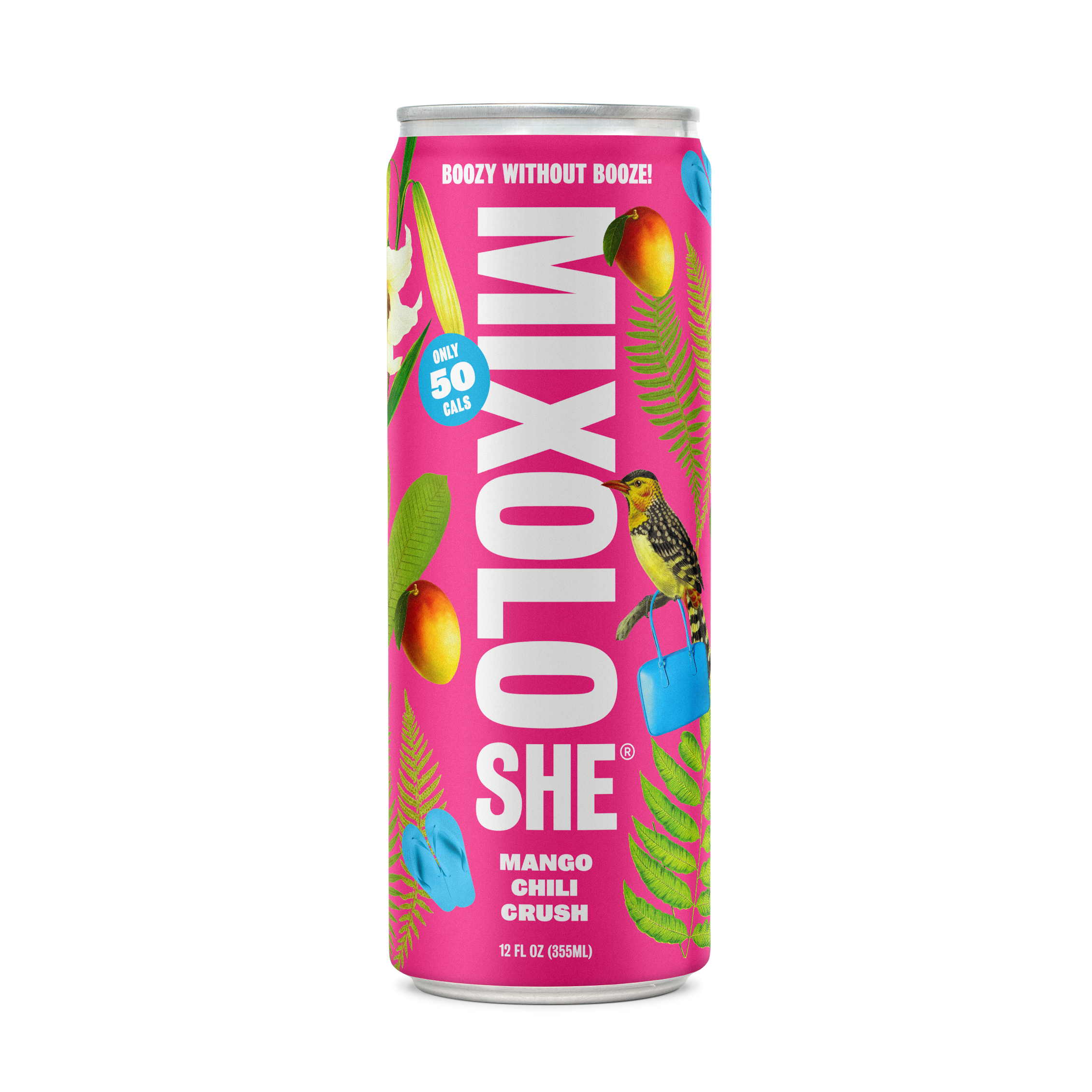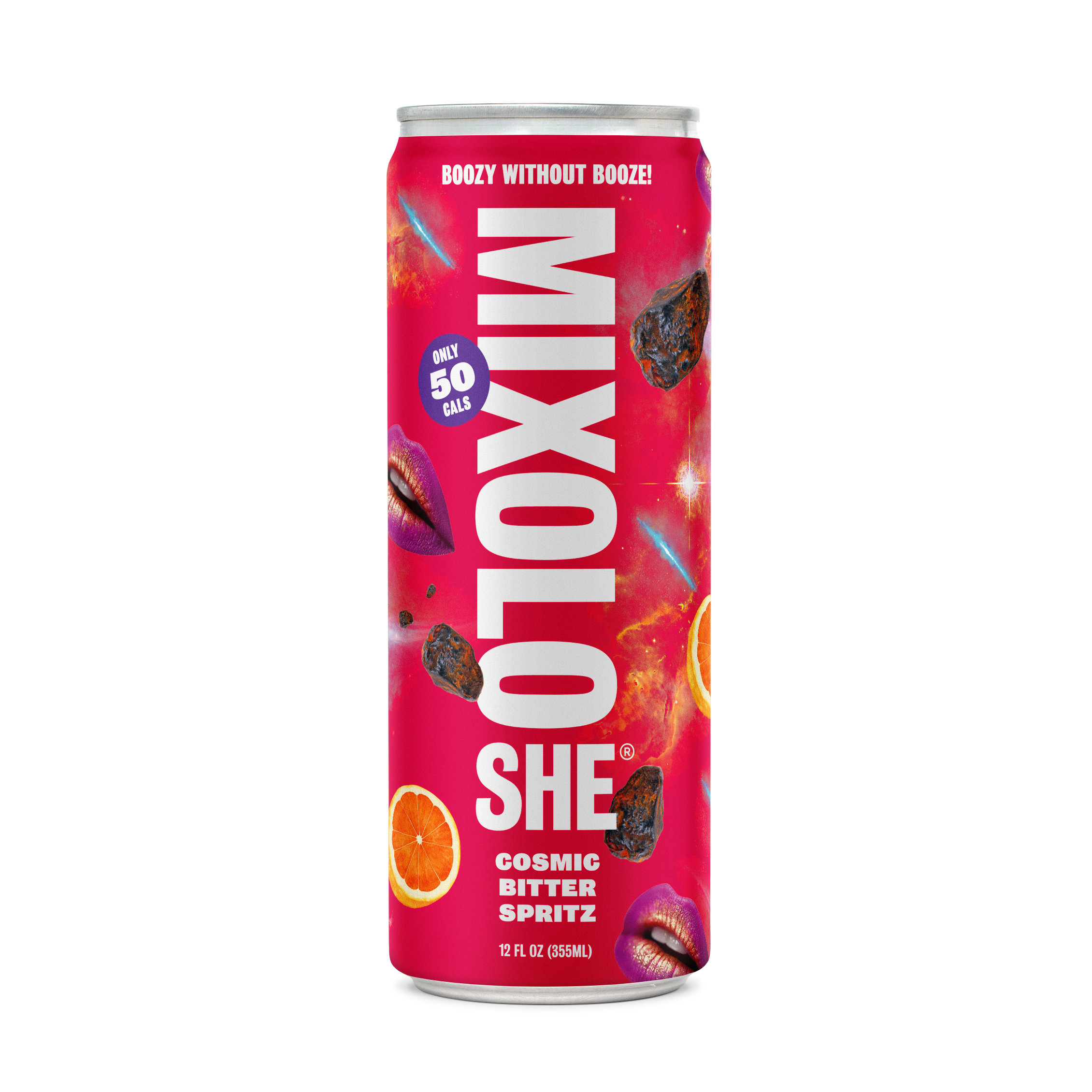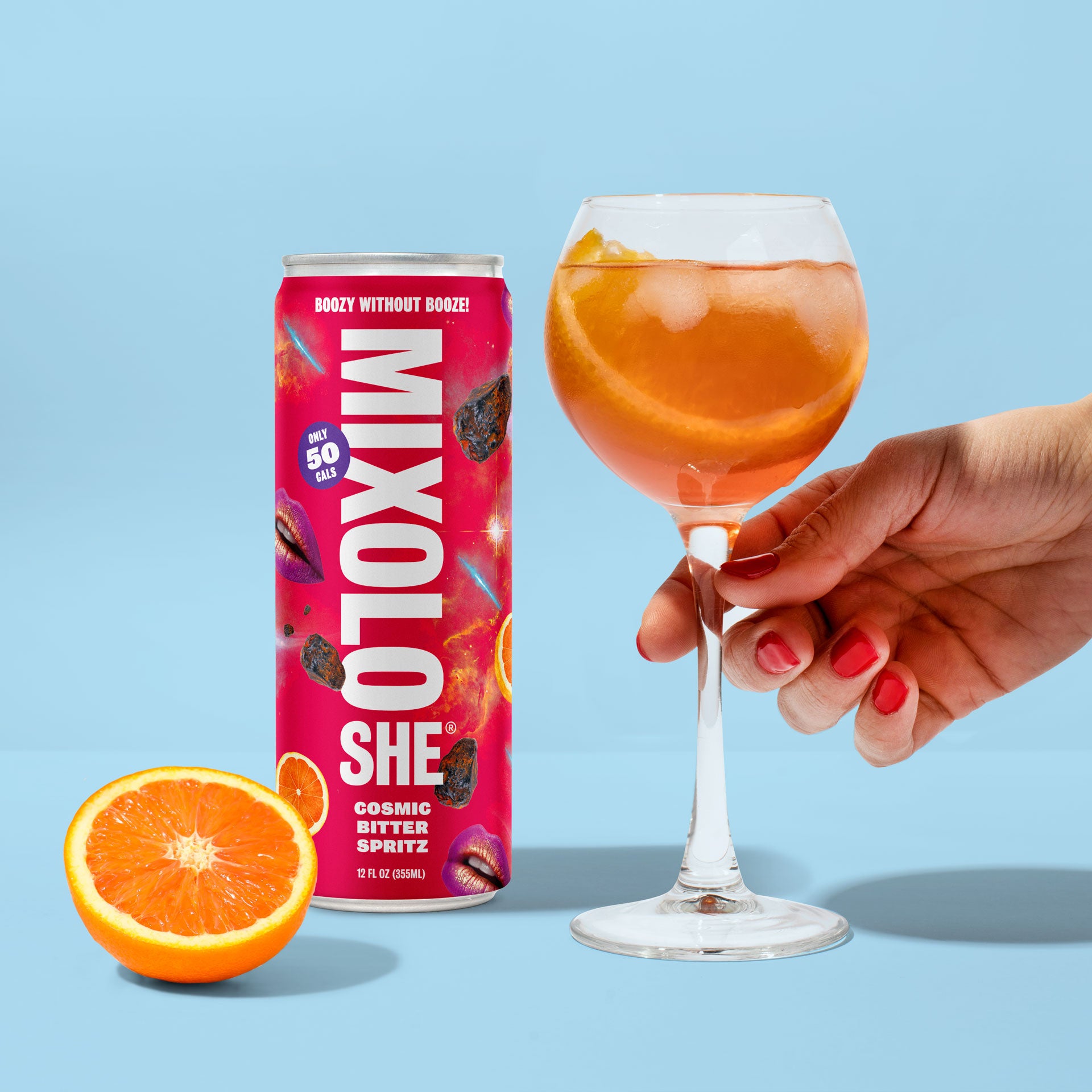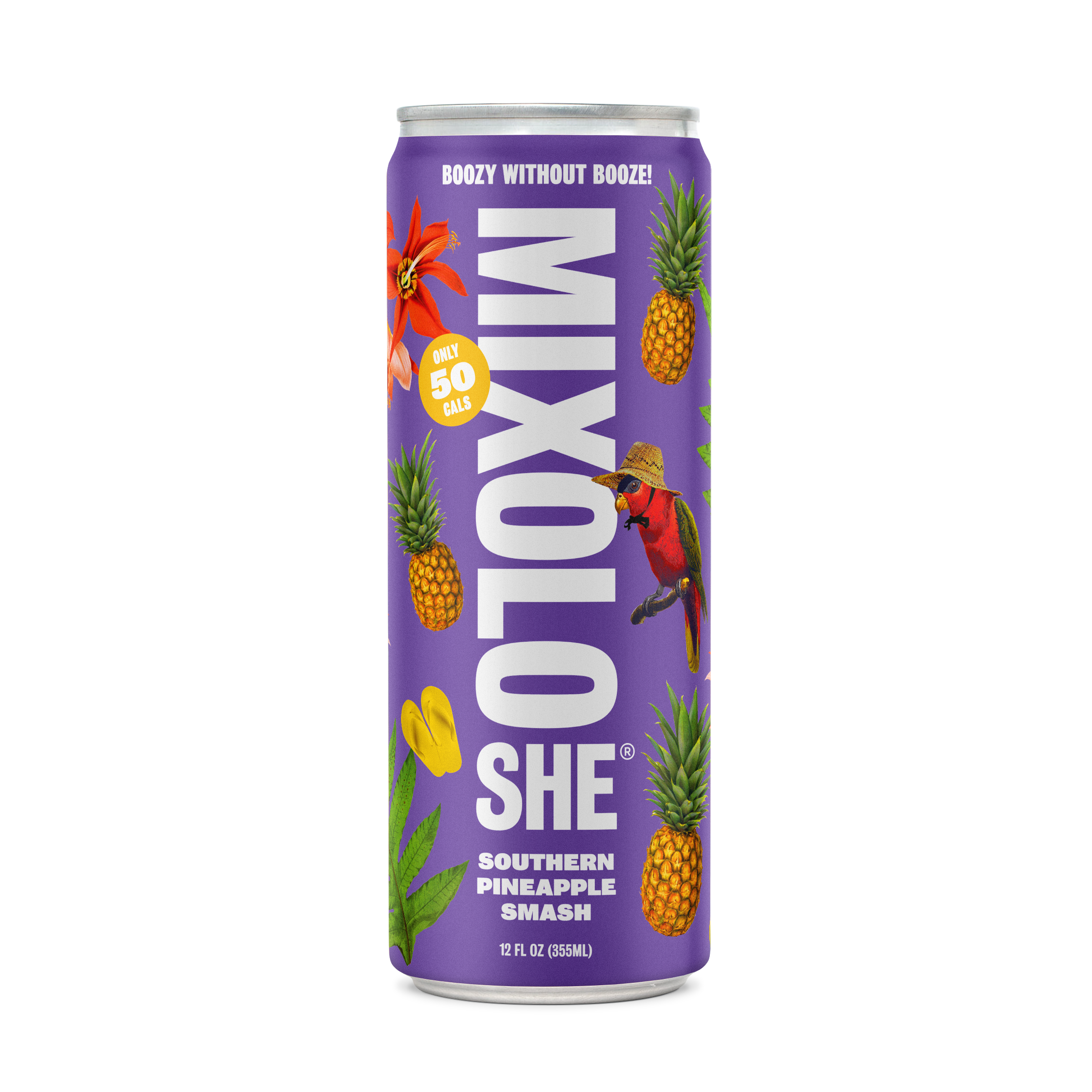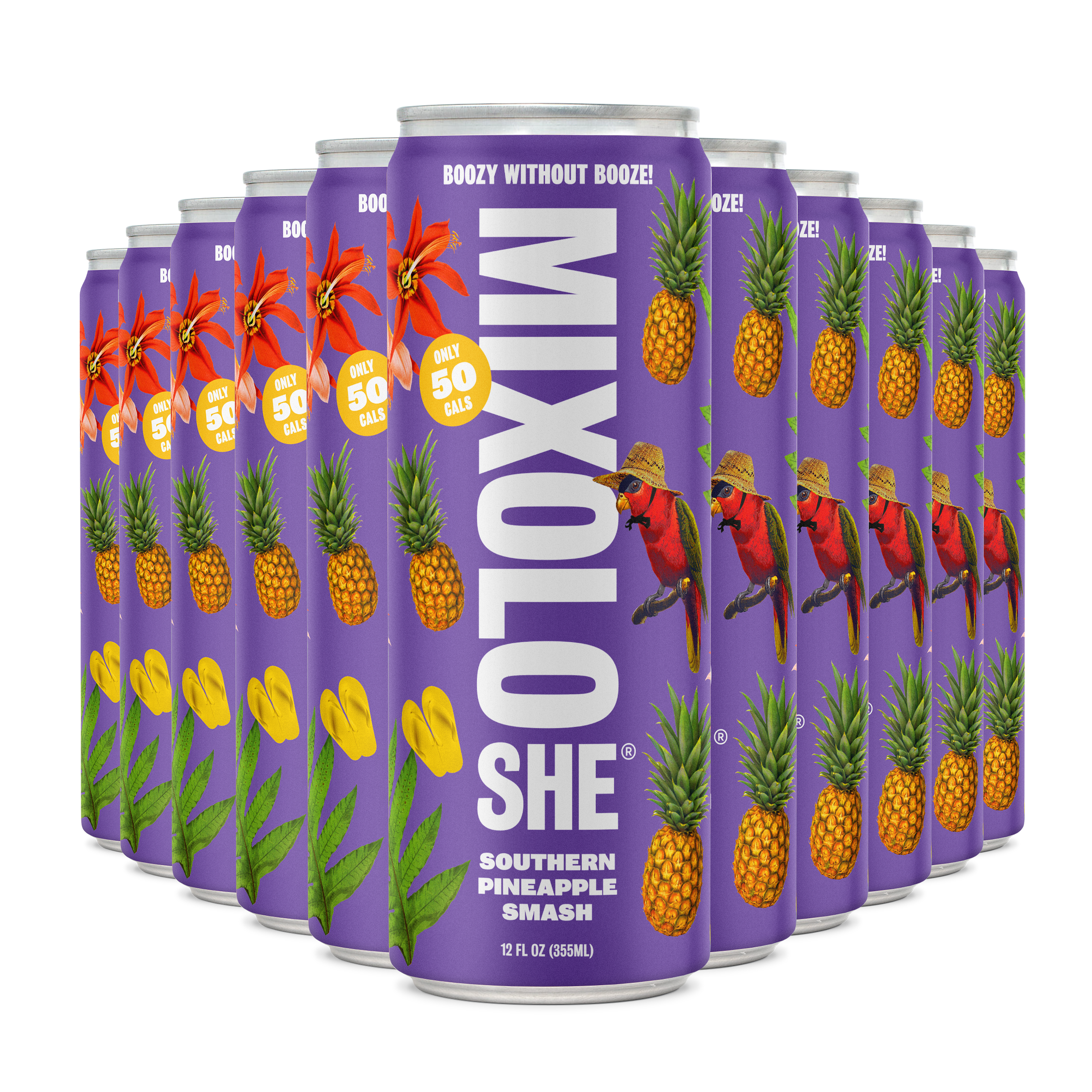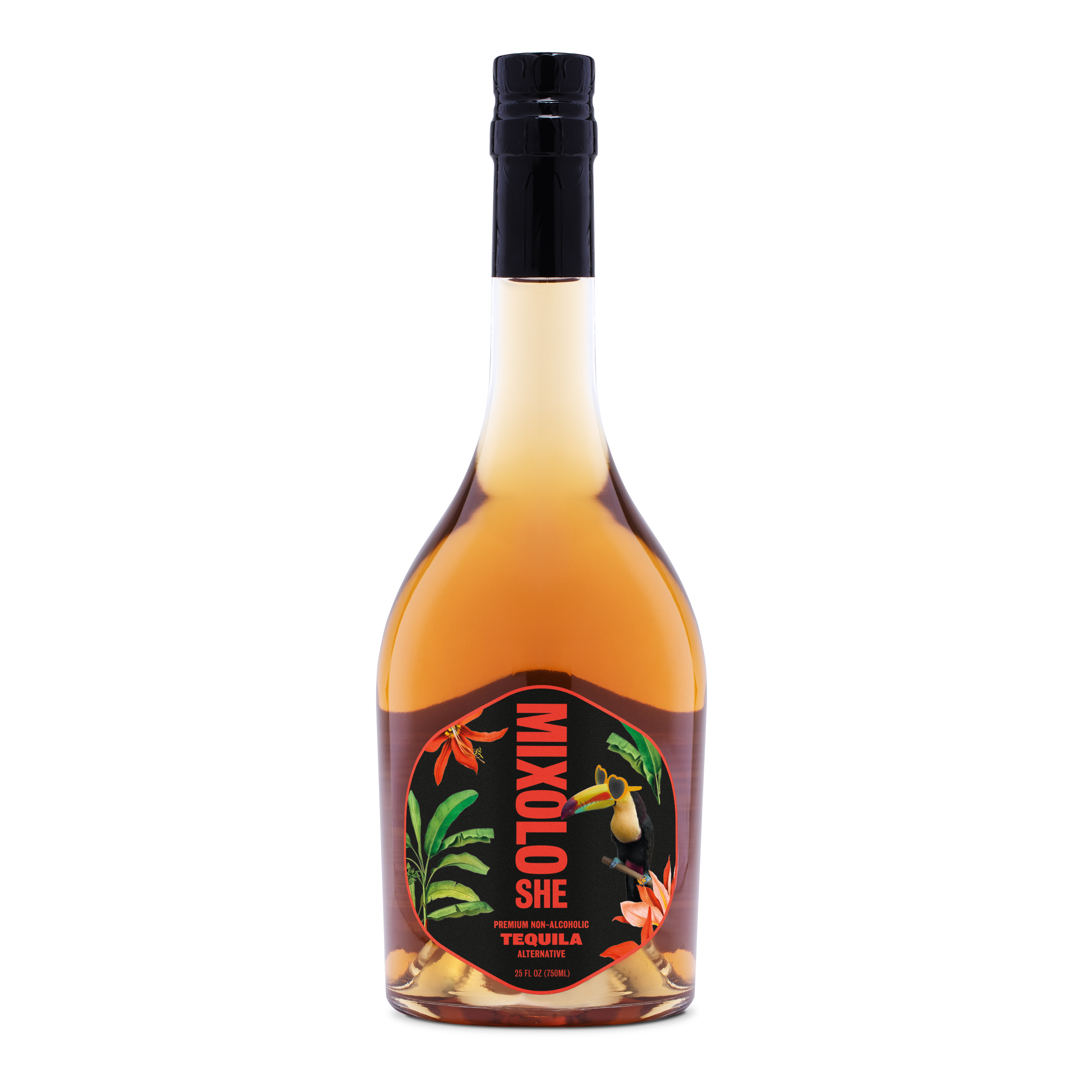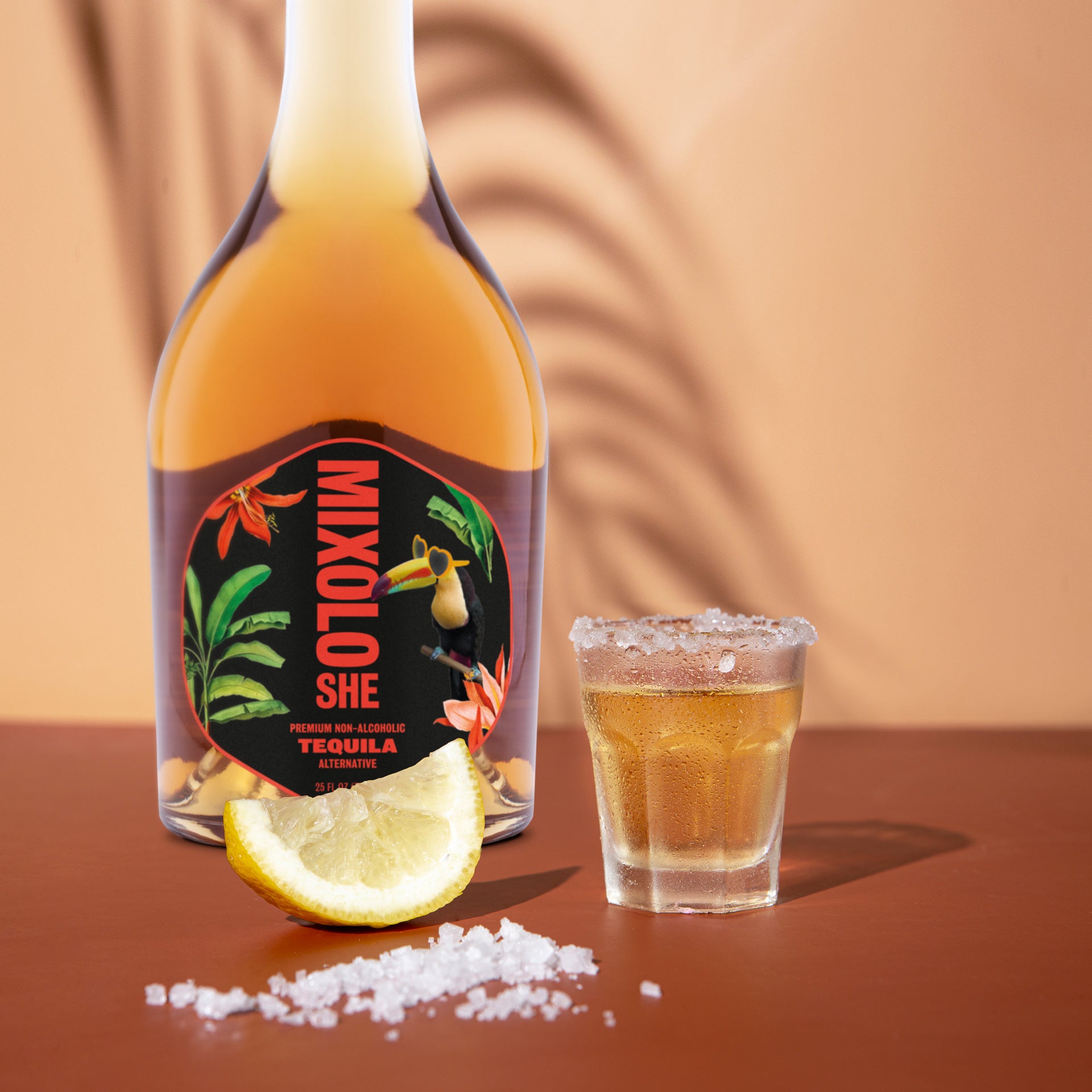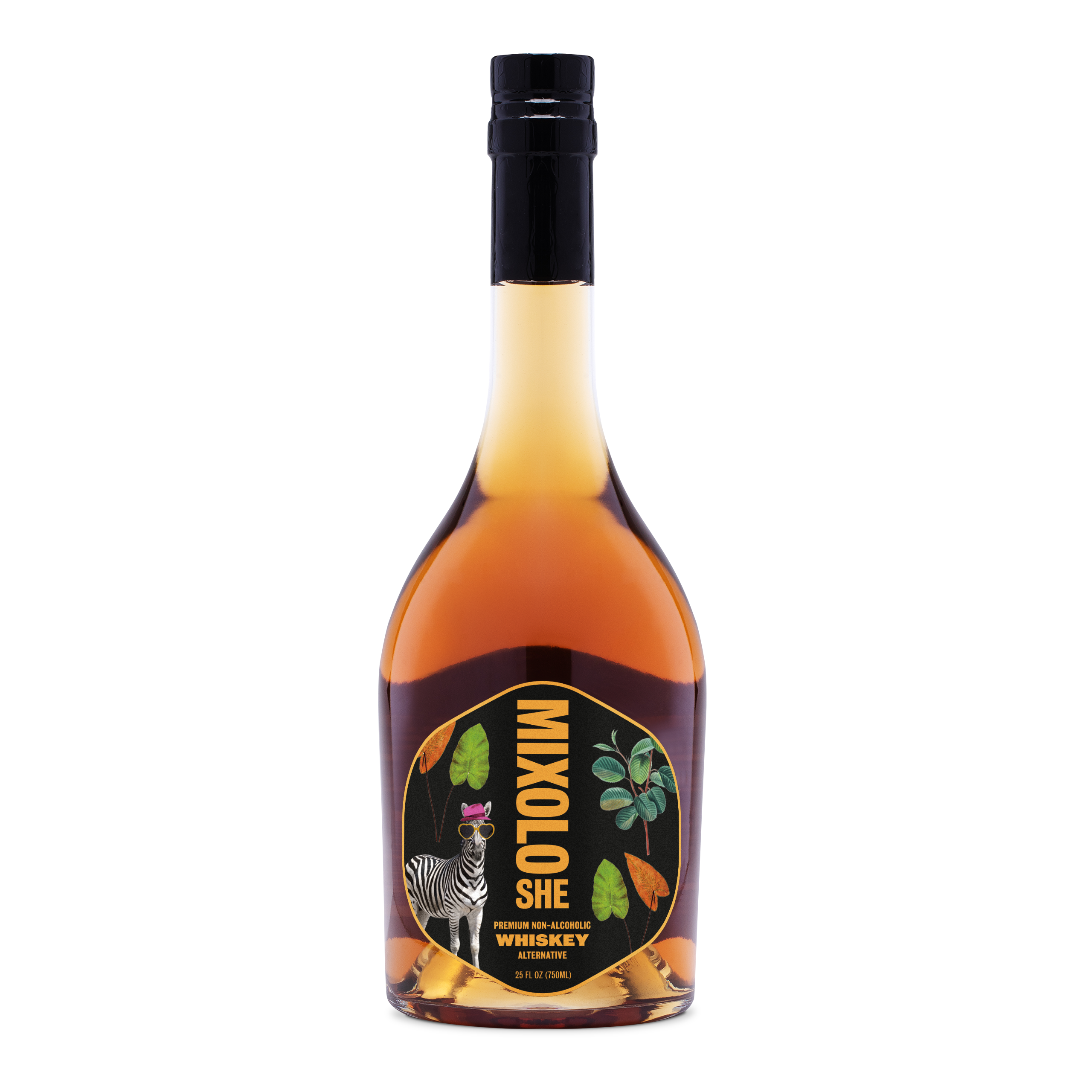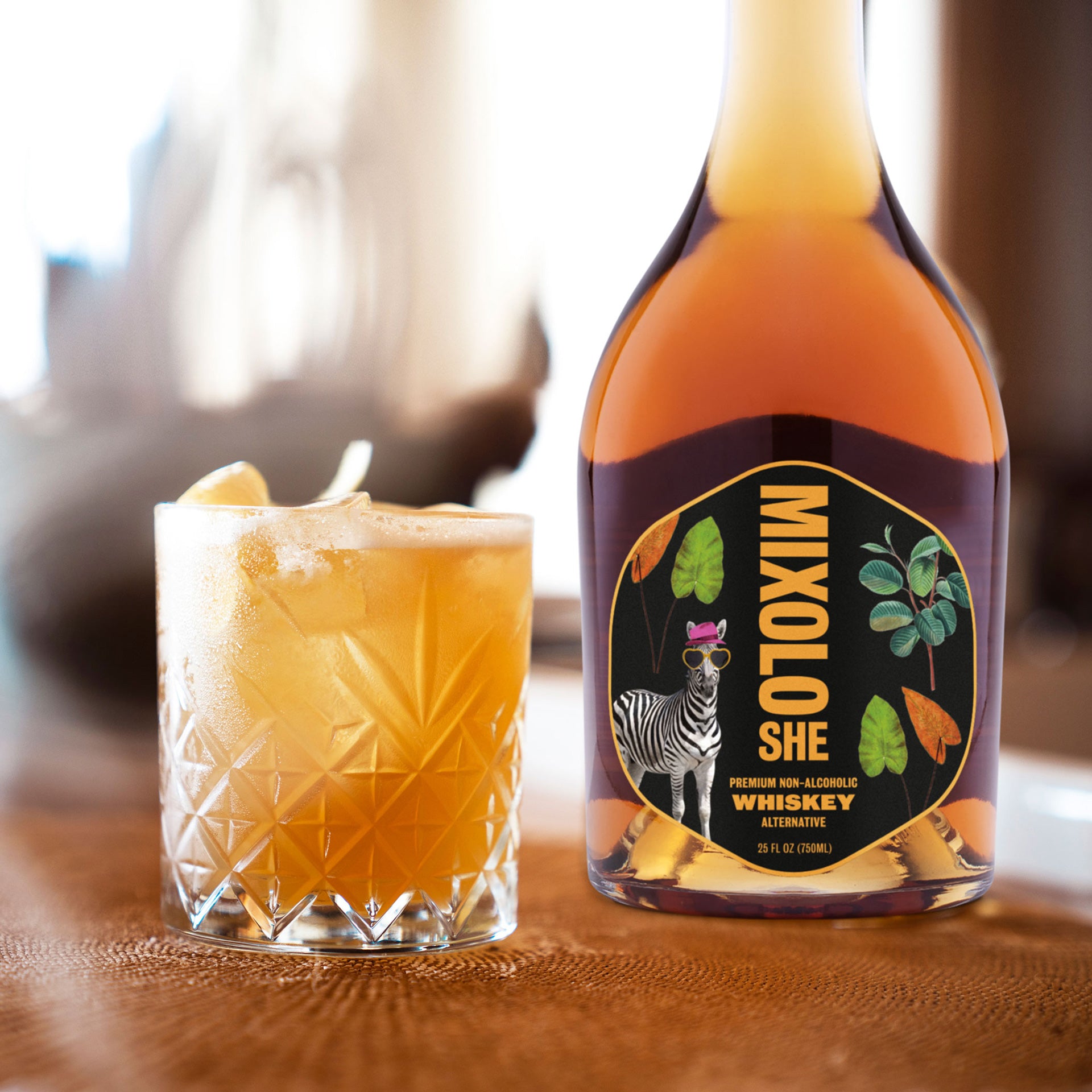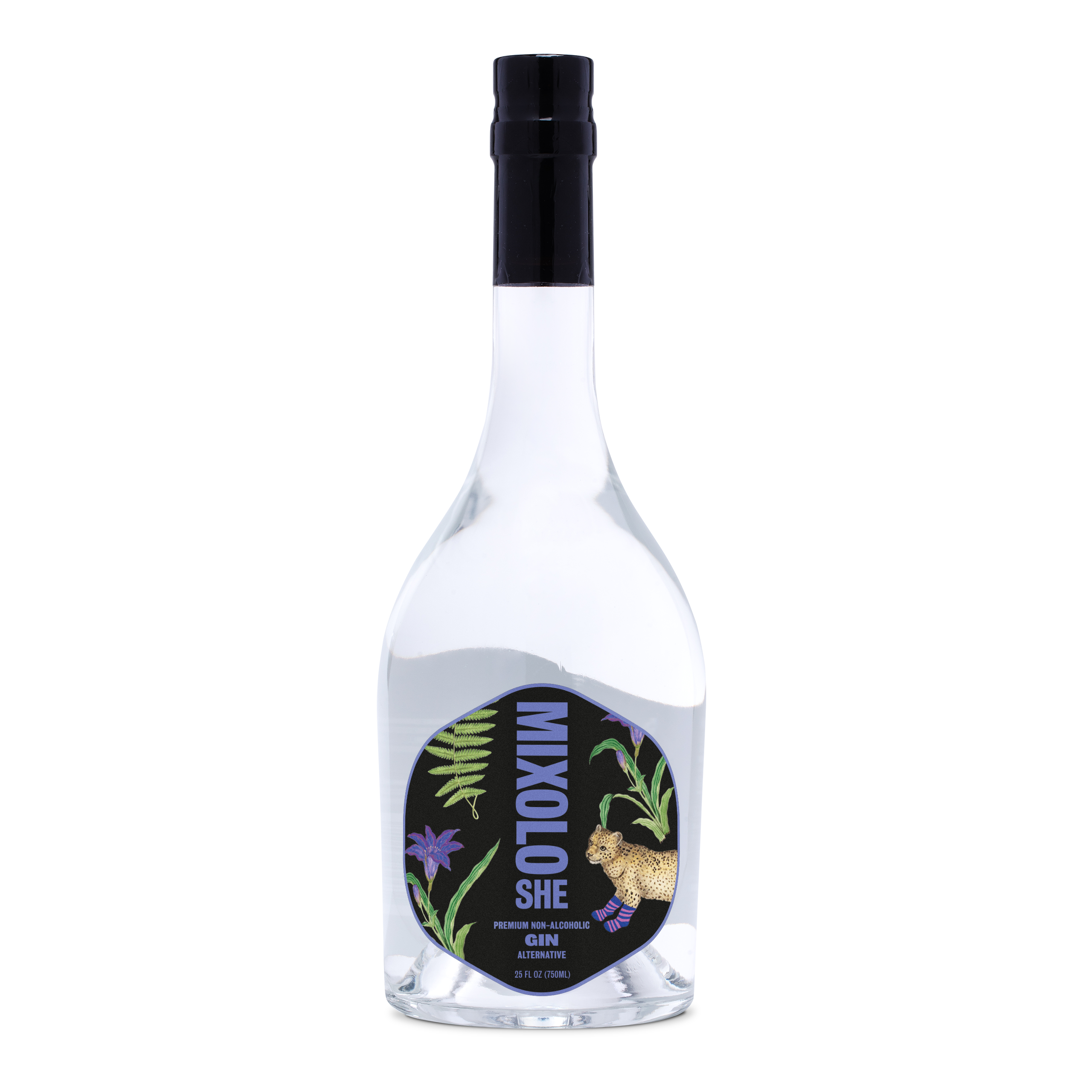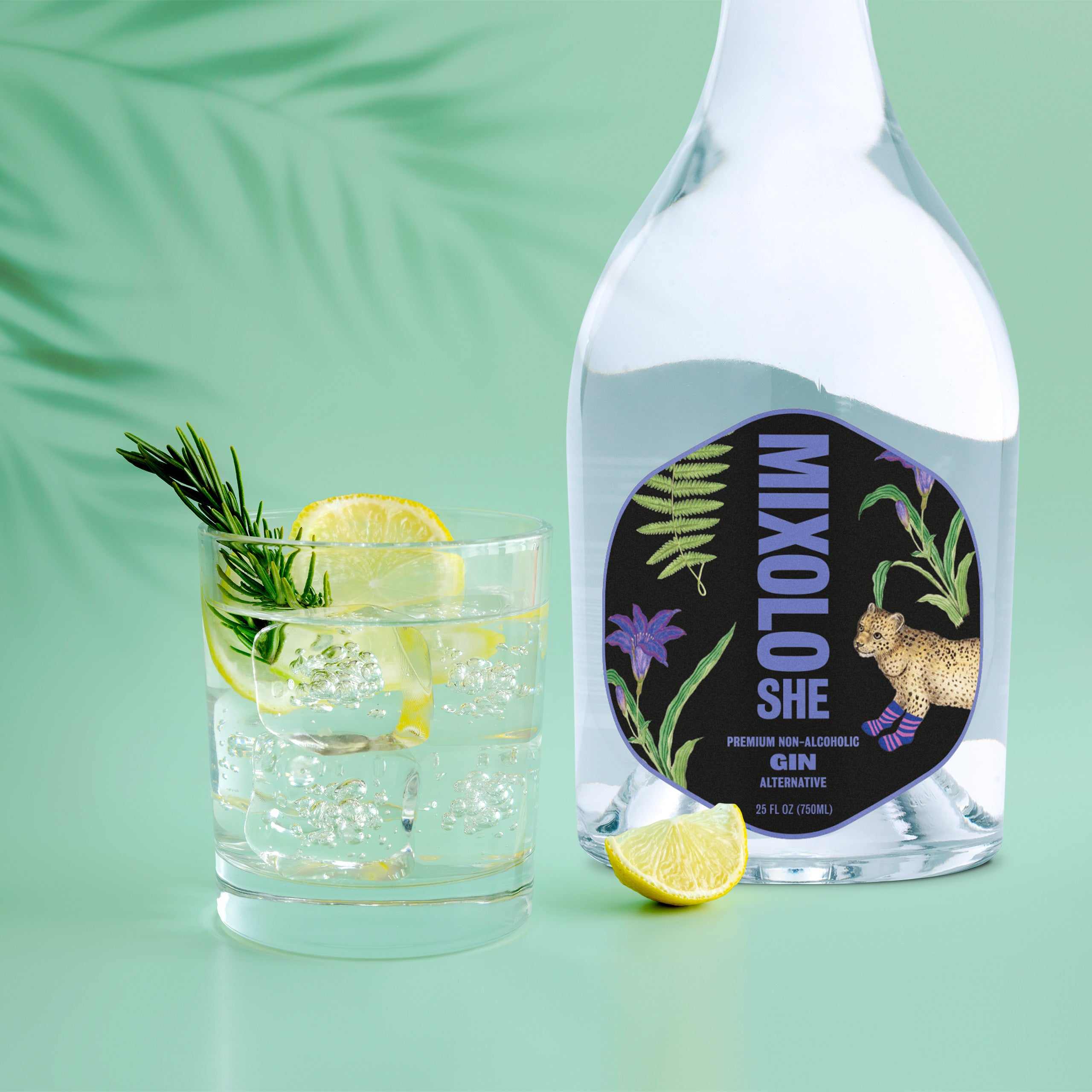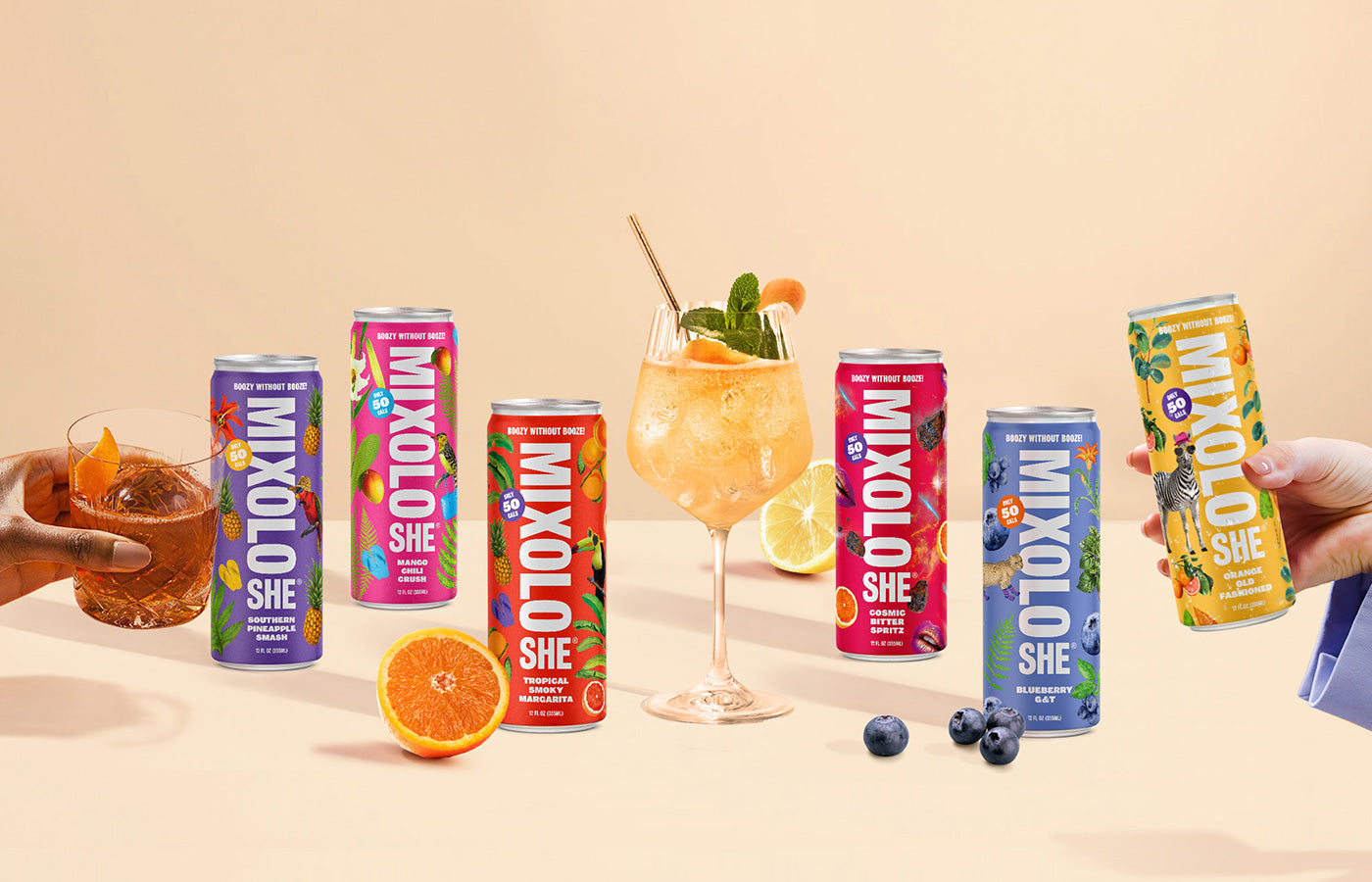A Global Tour of Non-Alcoholic Drinks and Their Cultural Significance
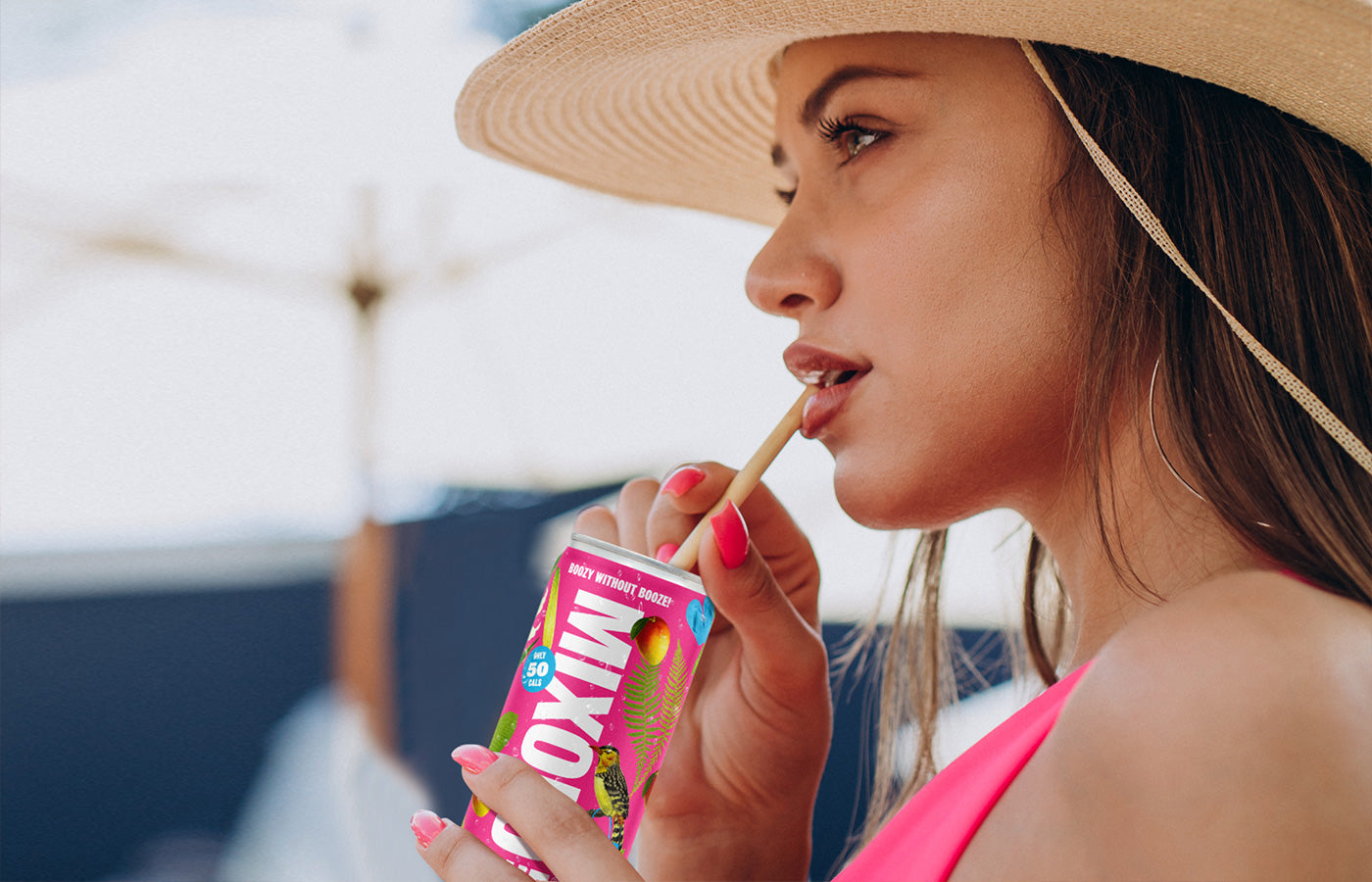
From the bustling streets of India, where the air is perfumed with the spicy scent of chai, to the tranquil tea ceremonies of Japan, non-alcoholic beverages are a testament to the world’s diverse cultures and histories. These drinks go beyond mere refreshment, weaving themselves into the fabric of daily life and special occasions, reflecting the essence of communities and regions across the globe. Today, we embark on a fascinating journey to explore these traditional alcohol-free drinks, uncovering the stories and traditions behind global non-alcoholic beverages.
Traditional Non-Alcoholic Beverages Around the World
Asia: Tea Traditions and Beyond
In India, chai is not just a drink; it's a way of life. This spicy, sweetened black tea mixed with milk and a blend of spices is a staple in every household, shared with guests as a sign of hospitality. Moving East, the herbal teas of China and Japan—like green tea and oolong—play central roles in tea ceremonies that are steeped in tradition, offering moments of reflection and connection.
South Korea’s sikhye is a traditional sweet rice drink, often served as a dessert. Made with fermented rice, it has a subtle sweetness and is believed to aid digestion, highlighting the deep connection between culture and well-being.
Americas: Diverse Flavors from North to South
Canada celebrates the spring thaw with maple sap, a clear and slightly sweet drink that predates the country’s famed maple syrup. In the United States, root beer stands as a testament to traditional herbal remedies turned popular beverage, with its unique flavor derived from the sassafras root.
In South America, mate is more than just a caffeine-rich infusion; it is a communal activity that fosters friendship and conversation. Sharing a mate from the same hollowed-out gourd is a sign of acceptance and camaraderie.
Europe: A Mix of Ancient and Modern
The United Kingdom’s afternoon tea is a cherished tradition that offers a pause in the day to enjoy tea, sandwiches, and sweets. Italy’s caffe shakerato, a vigorously shaken espresso served over ice, offers a refreshing twist on coffee culture in the heat of summer.
Russia’s kvass, a lightly fermented beverage made from rye bread, echoes the nation’s agricultural history and provides a tangy, refreshing option during warm months.
Africa and the Middle East: Spices and Herbs
In Morocco, mint tea is a symbol of hospitality, served with great ceremony to guests. This sweet, mint-flavored green tea showcases the importance of tea in social interactions. South Africa’s Rooibos tea, caffeine-free and rich in antioxidants, speaks to the country’s focus on health and wellness.
Egypt’s karkade, a bright red hibiscus tea, can be served hot or cold and is often enjoyed during wedding celebrations, highlighting its role in social festivities.
Oceania: Unique Island Refreshments
Australia’s indigenous lemon myrtle tea is made from the leaves of the lemon myrtle tree, offering a vibrant citrus flavor that reflects the country’s rich botanical heritage. In Fiji, kava is more than a drink; it's a crucial part of cultural rituals, known for its calming effects.
Cultural Importance of Non-Alcoholic Drinks
Celebrations and Social Customs
Across the globe, non-alcoholic drinks are pivotal to celebrations and social customs, serving as symbols of hospitality, friendship, and heritage. These beverages are not just consumed for their taste but are deeply intertwined with the rituals and traditions that define each culture.
Reflecting Local Ingredients and Historical Preferences
The choice of non-alcoholic beverages in different cultures often reflects the availability of local ingredients, showcasing the creativity and resourcefulness of communities. Historical preferences and influences also play a significant role in shaping these drinks, connecting the past with the present.
The world of non-alcoholic beverages is as varied and rich as the cultures from which they originate. By exploring these traditional drinks, we not only quench our thirst but also connect with the stories and people behind them. Whether it’s the communal sharing of mate in Argentina, the quiet contemplation of tea in China, or the festive karkade in Egypt, each drink invites us to explore and celebrate the vast tapestry of human culture. So, the next time you sip on a familiar or exotic beverage, remember the heritage and love poured into every cup.
Explore, taste, and toast to the world’s magnificent cultural mocktails—cheers to a journey of discovery and delight!
Q&A: Exploring Cultural Beverages
Q: What are some popular non-alcoholic drinks in different cultures?
A: Popular drinks include chai in India, mate in South America, and various herbal teas in China and Japan, each reflecting its unique cultural backdrop.
Q: How do cultural traditions influence non-alcoholic beverage choices?
A: Cultural traditions dictate the types of non-alcoholic drinks consumed, often based on local ingredients, historical preferences, and the social significance of the beverages.
Q: Can exploring non-alcoholic drinks be a way to experience different cultures?
A: Absolutely! Sampling traditional non-alcoholic beverages offers a window into a culture's history, customs, and flavor preferences, enriching our understanding and appreciation of global diversity
